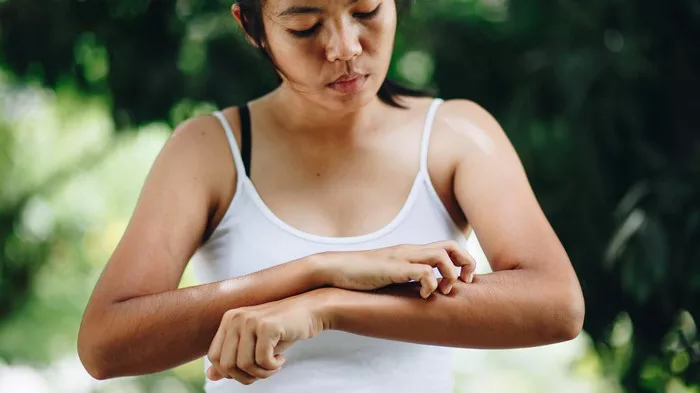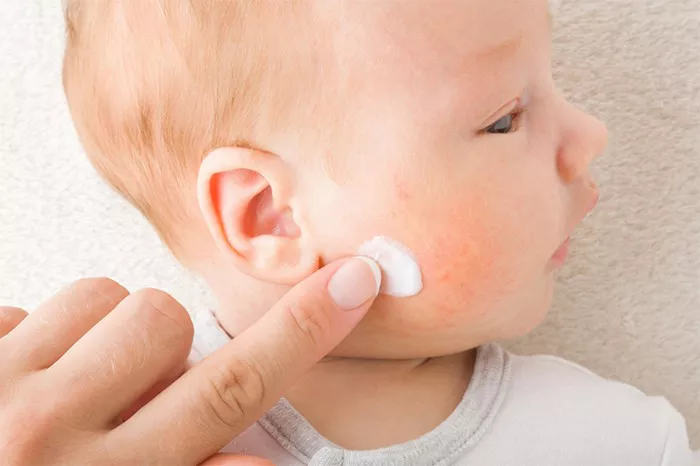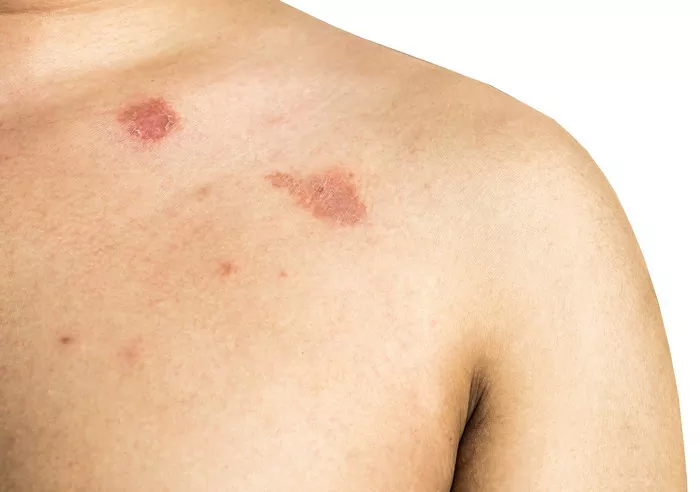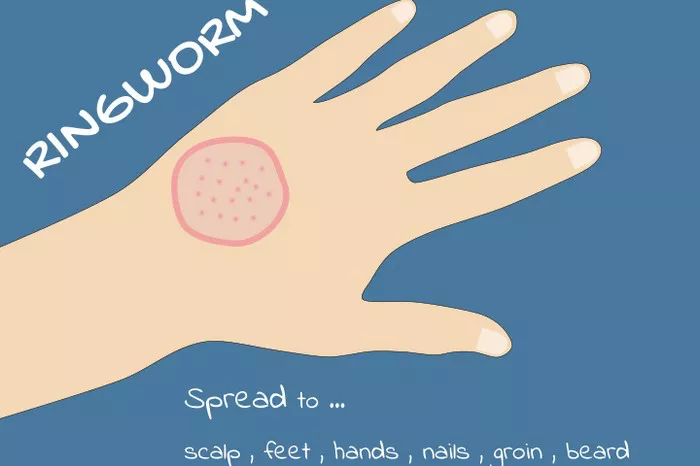While many people associate nail irregularities with fungal infections, numerous other factors can cause uneven nail surfaces. These include nutritional deficiencies, physical trauma, and underlying skin conditions. Recognizing these different causes is essential for proper treatment and nail health restoration.
Primary Causes of Uneven Nails
1. Nutritional Deficiencies
Chronic shortages of essential nutrients frequently manifest in nail abnormalities. Protein deficiency impacts keratin production, while insufficient iron can create spoon-shaped indentations. Vitamin B12 deficiency often shows as dark vertical streaks. A balanced diet rich in fish, eggs, dark leafy greens, and organ meats can correct these deficiencies and restore nail health.
2. Fungal Infections (Early Stage)
Onychomycosis doesn’t always present with classic discoloration and thickening. Early stages may show only as rough nail texture or white spots. Different fungal species produce distinct symptoms – Trichophyton rubrum causes nail margin peeling while Candida infections typically involve surrounding skin inflammation. Accurate diagnosis requires microscopic examination to distinguish from similar conditions like psoriatic nails.
3. Physical Trauma
Mechanical damage from aggressive manicures, accidental impacts, or over-trimming can create horizontal ridges (Beau’s lines) or cause nail splitting. Prolonged exposure to harsh chemicals like detergents may lead to nail layer separation. Minimizing trauma and allowing 3-6 months for regrowth typically resolves these issues.
4. Psoriatic Nail Changes
Nearly half of psoriasis patients develop characteristic nail changes including pitted depressions, oil-drop discoloration, or orange-red nail bed patches. These thickened, discolored nails often get misdiagnosed as fungal infections. Proper diagnosis requires evaluating accompanying skin lesions and systemic symptoms.
5. Eczema-Related Changes
Chronic hand eczema frequently affects periungual areas, creating nail grooves and surface irregularities. Atopic dermatitis patients often show multiple longitudinal ridges with dry, flaky surrounding skin. Topical corticosteroids can effectively reduce this inflammatory response.
Prevention and Management Strategies
Maintaining nail health requires proper care including regular, moderate trimming and avoiding prolonged water exposure. Protective gloves should be worn during chemical exposure, while breathable footwear helps prevent moisture buildup. Nutritional support through biotin-rich foods like nuts and eggs promotes keratin production. For severe cases involving pain, swelling, or systemic symptoms, prompt dermatological consultation is recommended to rule out underlying conditions.
Related topic:



























